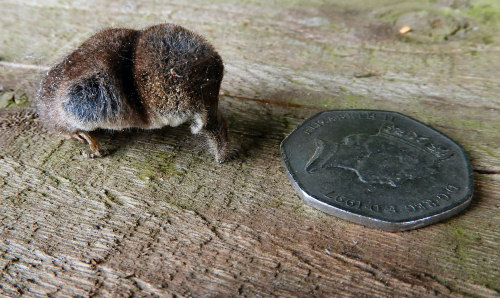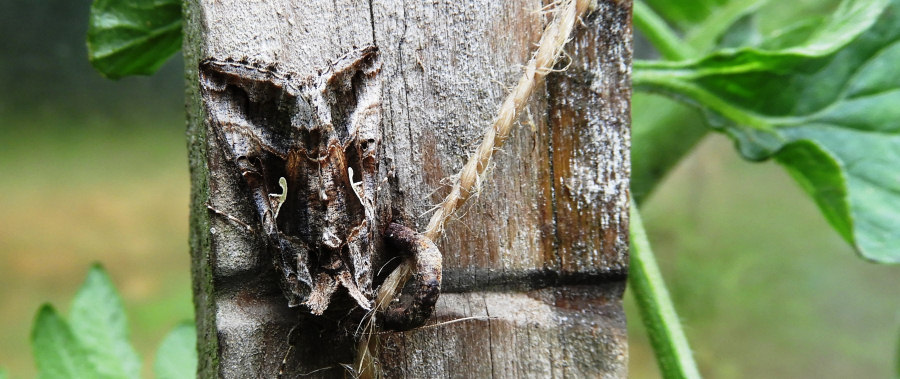|
April
On 7th April I went to Cotley Farm, Wambrook to watch my
brother perform in the ‘Skills of the Hills’ hedge laying contest, an
annual event put on by the Blackdown Hills Hedge Association.
It was a great day out with over 100 competitors and around 400
spectators.
Various rural associations were represented such as the Farming and
Wildlife Advisory Group (FWAG) and were ready to give advice.
I learned some fascinating facts about the
management of hedges for wildlife. The Centre for Ecology and Hydrology
tested different cutting regimes on hedges and discovered that if hedges
are cut every 3 years compared with every year you get 2.5 times more
blackthorn and hawthorn flowers and many more pollinating insects, and
more butterfly and moth pupae.
Hedgerow trees are also important.
For example a single standard hawthorn can provide as many
flowers and fruit as 200m of regularly trimmed hedges.
Whether leaving hedges to grow untrimmed for 3 years is practical
is another matter!
19th April
Summer arrived overnight -
25 degrees today. The weeds are growing like crazy especially Shepherd’s
Purse (capsella bursa pastoris), so called because the seed pod
resembles the ‘leatherne bag wherein shepherds carry their victuals to
the field’. Not only that
but when ripe the seeds burst out like coins and you have 100 plants
where you had but one before!
Goosegrass or cleavers is another interesting (and persistent) weed
clambering up from the base of hedges. In the sixteenth century the
plants’ juices were used as a slimming aid.
The herbalist, John Gerard wrote that “women do make a potage of
cleavers with a little oatmeal to cause lanknesse and to keep them from
fatnesse”.
The wild flowers in the hedgerows have been wonderful this year as they
were last year – primroses, stitchwort, violets, bluebells, wood
anemones, dandelions, nettles, lamium, cow parsley, periwinkle, vetch
and garlic mustard or Jack by the Hedge.
This last plant is used as a food source by the caterpillar of
the Orange tip butterfly.
The charity, Plantlife, is campaigning for local authorities to cut
roadside verges less often and later in the year, to give time for seeds
to ripen and germinate.
Financial cuts could encourage them not to cut!
Towards the end of April, Wood Anemones and Violets
were in abundance
Do bear in mind that as well as nectar rich flowers for butterflies you
also need to provide plants which are a food source for their
caterpillars – stinging nettles for peacocks, small tortoiseshells,
commas and red admirals, thistles for painted ladies and a variety of
grasses for speckled woods, not forgetting brassicas for large whites!!
|
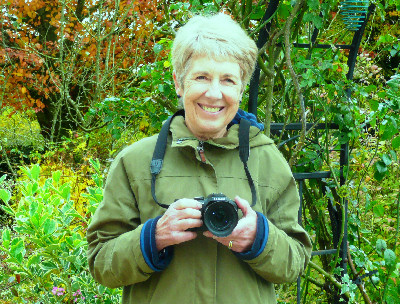 has a
lovely
garden and small field located at the top of the village,
which is often the place where she takes
striking photographs of birds, flowers and insects, on the Parish Web Site.
has a
lovely
garden and small field located at the top of the village,
which is often the place where she takes
striking photographs of birds, flowers and insects, on the Parish Web Site.
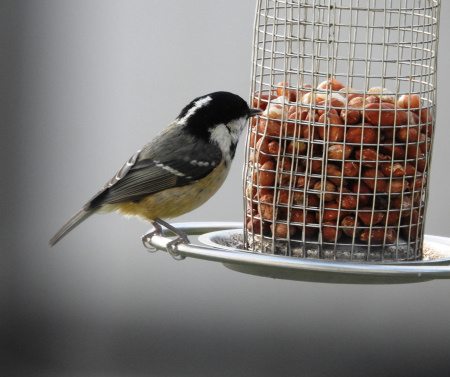
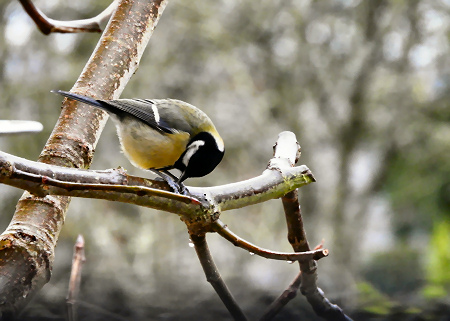
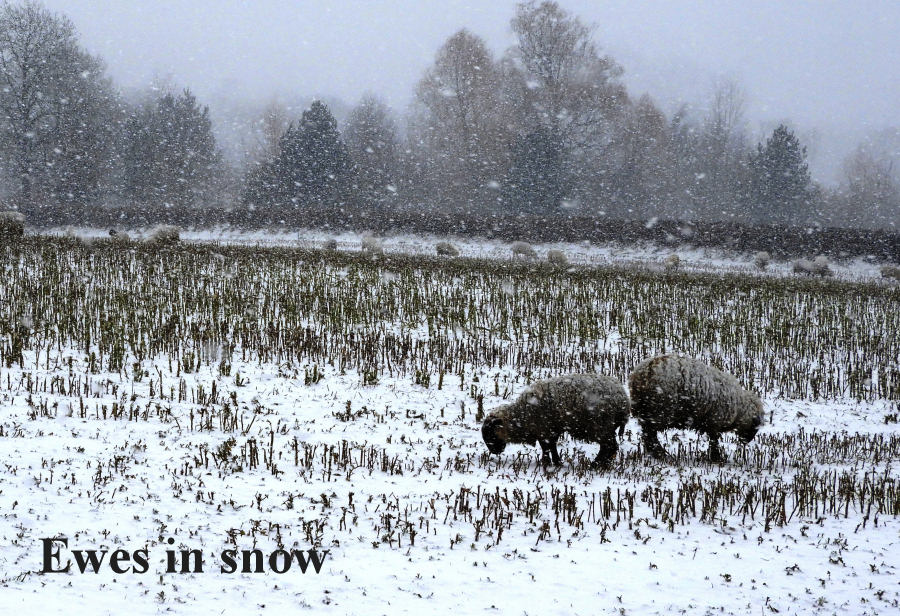
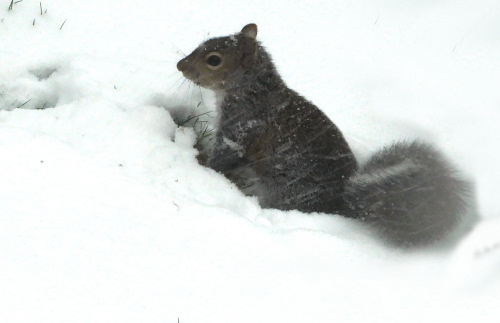
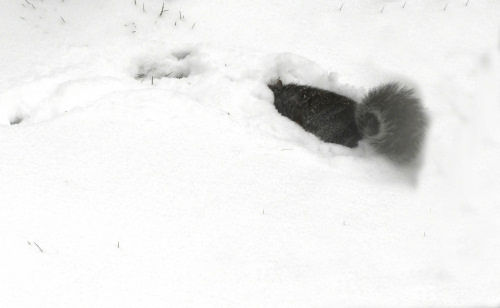
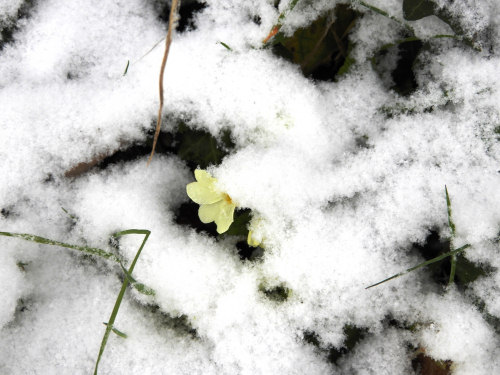
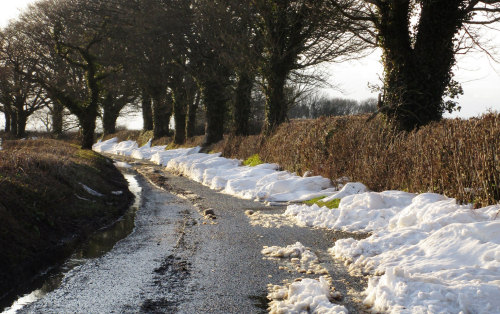
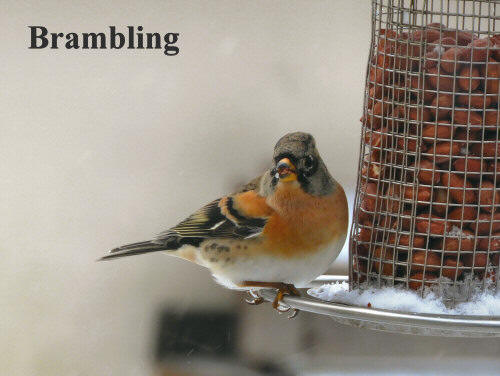
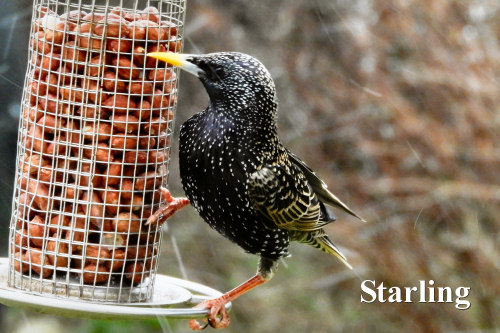
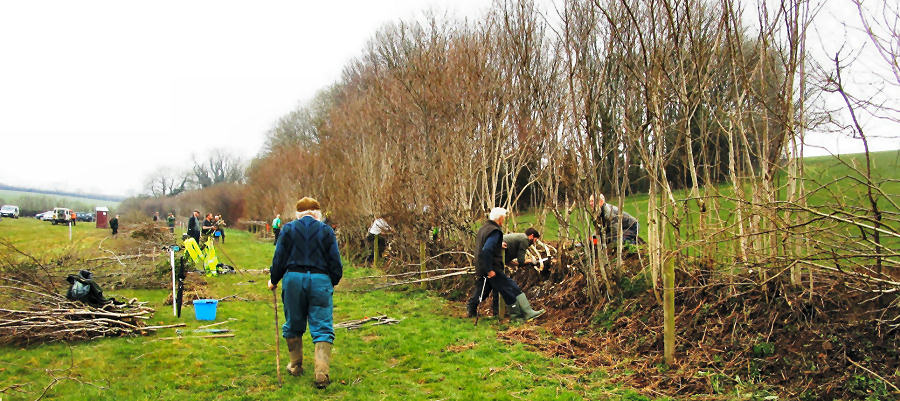
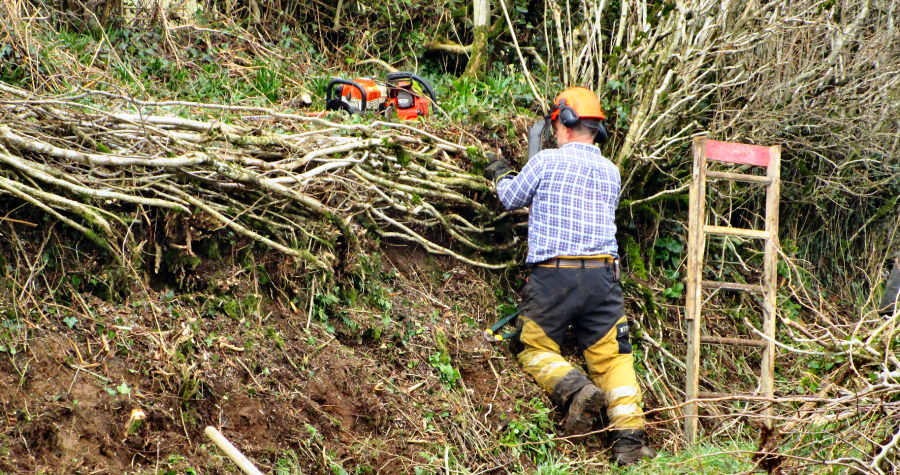
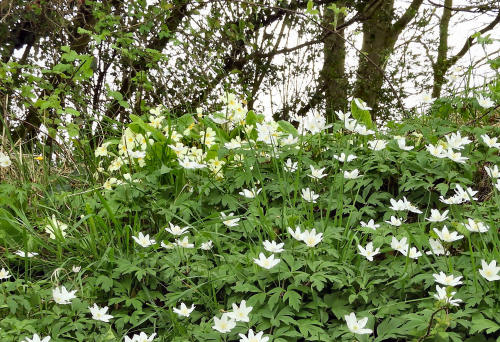
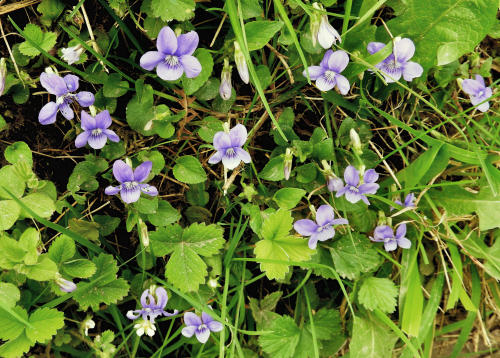
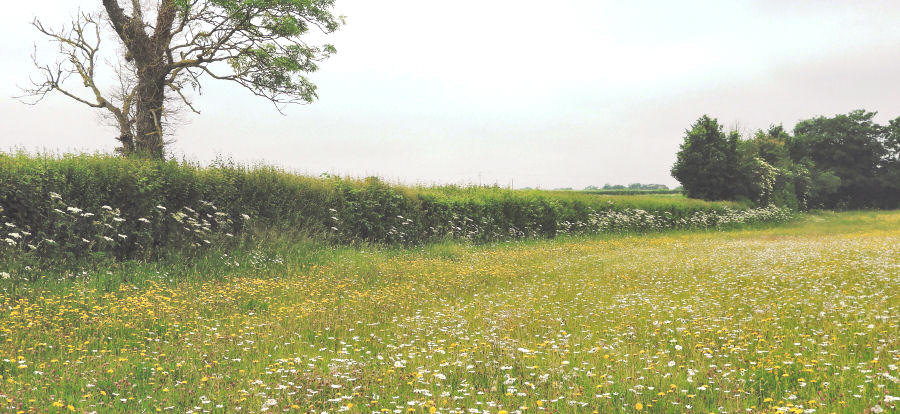
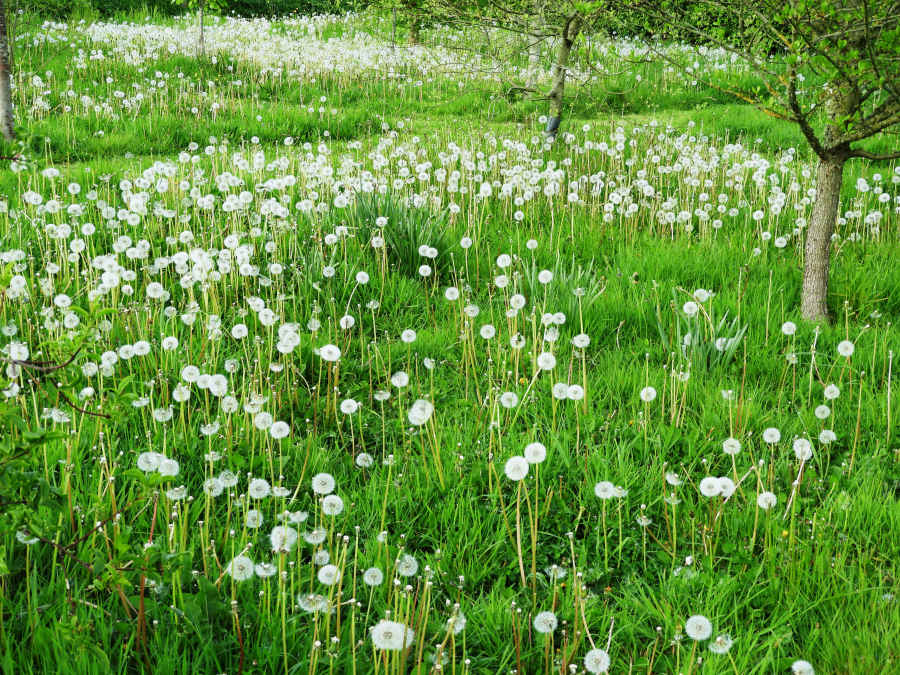
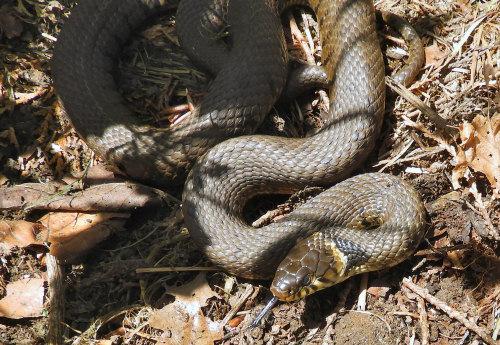
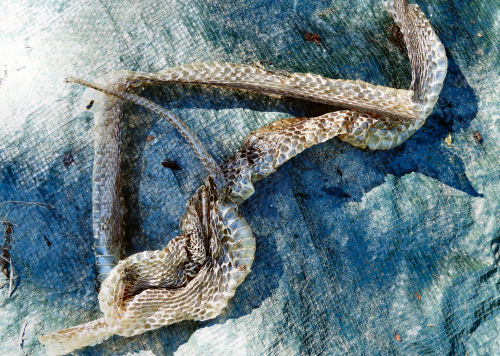
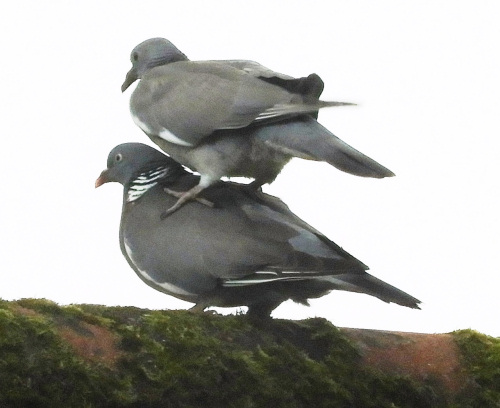
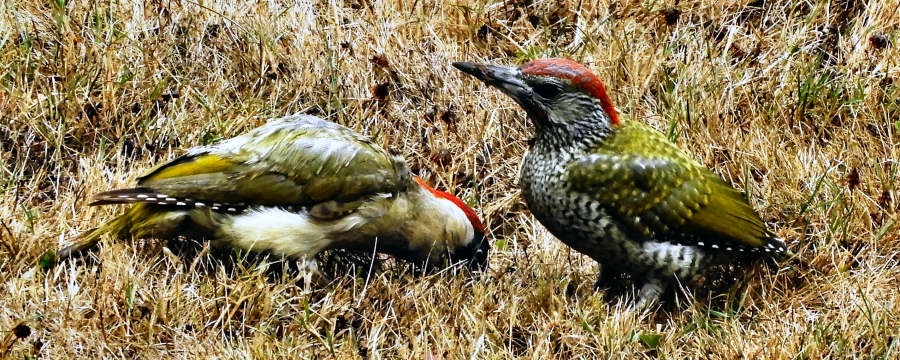
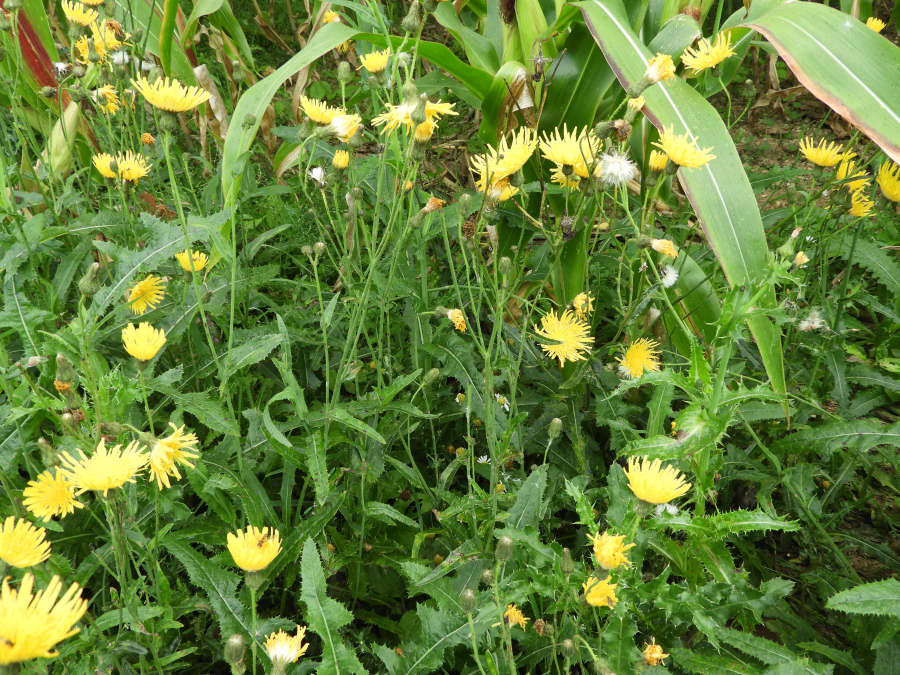 .
.